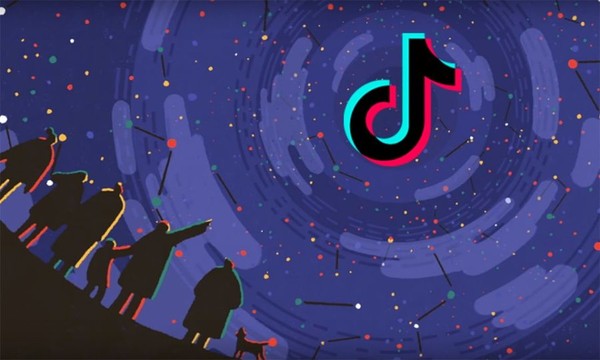You may not be that old yet, but you may feel old upon hearing about TikTok. Just like many other people around you, you may have only a superficial knowledge of this app — it’s just people recording short videos, often with little sense in the content. It seems like it is enough to dance or lip sync to make a video go viral. You may even wonder why people would ever use such an app, and yet it has around 800 million users across the world, with top TikTokers earning more than a million USD a year. Much time has passed since a social media app got big at such a pace that people not using it feel they are missing out.

You may also wonder why TikTok is especially popular with teens and young adults. Perhaps the answer lies in the predecessors of TikTok — Vine and Musical.ly. Despite impressive growth, it is still an emerging social network, and the presence of brands, corporations, and monetization is still barely noticeable. It's still a social network where content creators are regular people, not brands, and getting popular is still quite achievable. This is a separate world of adolescents, with its own inner jokes and memes, which adults have not yet destroyed.
TikTok might seem to you like it’s merely a video sharing app, and you will be right. The videos are in the same format as Instagram stories — it features vertical videos, violating the once unspoken rule not to shoot this way. Upon opening TikTok, you won’t get asked to sign up immediately or follow your friends. Instead, the first thing you see is a never-ending flood of tiktoks coming at you. There’s someone recording magic tricks, a group of guys pulling a prank on their friend, a video of a Filipino girl bopping her head to banjo music — and all of that goes viral. In this way, TikTok resembles good old YouTube before fine-tuned algorithms took over the recommendations section. But don't get fooled: behind the random and fun videos hides a terrifyingly advanced algorithm, which knows what videos you might enjoy before you even realize that.
Creating videos is as easy as it gets. TikTok offers you a variety of filters and special effects, and an option to search for soundtracks for your future videos. You may go even further and start a “collaboration” by combining your video with another user’s tiktok, so that you can make a response video. TikTok encourages you to engage in these collaborations, by presenting you with various challenges where you can make a duet with another user.
Just like the recommendation system, TikTok challenges are another pillar of this modern data-driven and hype-powered app. Created by the TikTok community itself, these challenges, neatly organized by hashtags, represent another engagement opportunity. Unlike YouTube or Instagram, the entry bar is low and tempting enough to create the content yourself. You can follow the trend and join the latest challenge. You can take part in the hot new dance meme. Or you can hop on the “I-am-not-like-them-all” bandwagon and make fun of all these trends, and yet still go viral.
While TikTok makes content creation easy enough, it puts an even bigger emphasis on watching that content. It’s the explicit focus on consumption that makes TikTok stand out. The main page isn’t even called “Feed”, it’s called “For You” instead. The user interface and user experience design revolve around the endless watching of tiktoks. It’s content consumption in its purest form. There is no need to search; all you have to do is scroll. You don’t have to think about what to check out next. There is no frustration of choice as in Netflix, where you can’t decide what to watch and just end up browsing through the thumbnails. You don’t have to see the grid of someone’s posts. Nothing will interrupt you. Just watch the video and scroll down. TikTok’s recommendation engine will take care of everything else.
You may see that TikTok sometimes gets confusing. You do not know why exactly you are watching this particular video. But that is not an unintended consequence or a bug in the TikTok’s recommendation system. As the standard IT joke goes, “it’s not a bug, it’s a feature”. And that feature shows you a random video once in a while and notes your reaction. For years, social apps have tried to find out how to be more engaging. Apparently, TikTok just found the solution.
The solution is fundamentally different from the premise upon which we created social networks. While Instagram and Twitter focused around your friends and interests, TikTok just doesn’t need them. You don’t have to watch your friends’ new posts or follow a YouTube vlogger to get sucked into the whirlpool; TikTok will decide what you will watch and what you will like anyway. While Orwellian in its origins, this innovation is perhaps the closest attempt to make Brave New World seem real. It doesn’t matter whether you engage with others or get yourself engaged — you’re the one using the app, and nothing else matters. There’s no doubt that TikTok is the social app of the new generation, in every way. But whether it is a good thing or not — that’s a different conversation.

